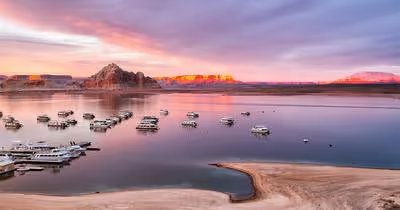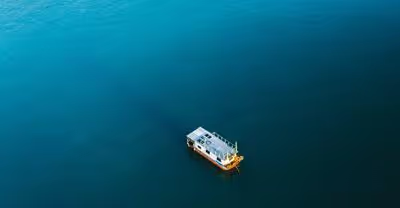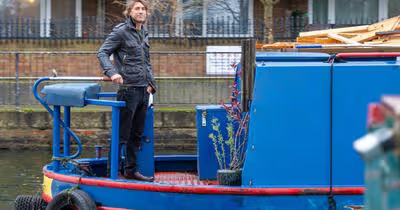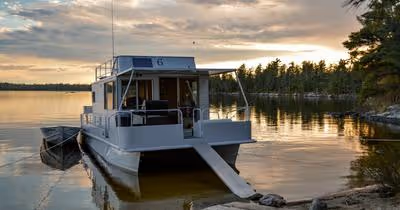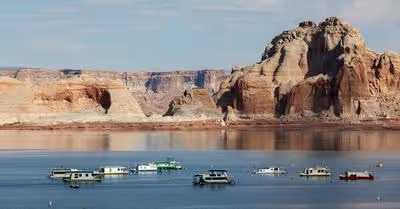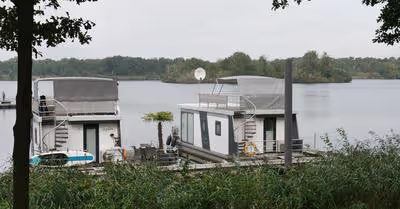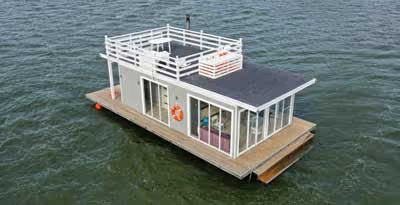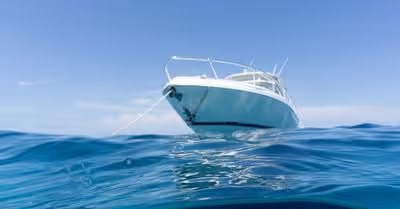
Key Takeaways
- Boats float by a concept of displacement and buoyant force, helped by well-designed hulls.
- The weight of a boat should be less than that of the water it displaces to stay afloat.
- Understanding the equilibrium of forces is essential in learning why boats do not sink.
Decipher the magic of buoyancy in 'How Boats Float.' Dive into the science of staying afloat and set sail on knowledge.
Bigger boats float due to the principle of buoyancy. Their weight is offset by the upward force exerted by water, keeping them afloat. This concept in fluid dynamics ensures vessels stay on the surface, making it a fascinating topic to explore.
With years of hands-on experience navigating the seas, I'm your go-to expert on all things marine. From sailing to shipbuilding, I've seen it all. Let me be your trusted compass in the world of boats and watercraft, providing insights that sail beyond the ordinary.
How Do Boats Float?
At the core, boats float as a result of buoyancy - an upward force that allows objects to stay afloat in liquids. Buoyancy, combined with the design of boats' hulls and materials used, ensures that these vessels can remain on the surface without being submerged by how much weight they have on their cargo.
Understanding the science behind floating boats means learning about concepts like displacement, buoyancy, and the Archimedes Principle. As long as the boat's weight is less than the weight of the water it displaces, it can stay afloat.
The design of a boat's hull further aids the floating process, contributing to the displacement of water and ensuring a proper balance of forces between the boat's weight and the water's buoyancy.
The Science of Boat Floating on Water
Understanding the mechanics and principles of floating is fascinating and can help humans better grasp the design and operations of various types of boats.
Concept of Average Density
When a ship floats, it means the average density of the boat is less than the average density of the water surrounding it. Average density is how much mass any other object has in the same volume.
Consequently, if any other object float is denser than water or has the same volume, the ship sinks; if it's less dense, it will float on the water's surface. This concept applies to objects of all sizes, ranging from small boats to any specific massive aircraft carrier and any total volume.
Buoyancy Explained
Buoyancy is an upward force that acts on all objects floating partially or that are fully submerged in water. The buoyant upward force is what keeps boats afloat. When an object float is completely submerged, it displaces enough water (or fluid) to create a buoyant upward force equal to its weight.
Archimedes' Principle
The core concept that explains a boat's ability to remain afloat is Archimedes' Principle. This ancient principle, developed by the Greek mathematician Archimedes, is fundamental in fluid mechanics, as it explains the dynamics of objects floating or immersed in fluids.
According to this principle, the buoyant downward force acting on an object submerged in a fluid is equal to the weight of the fluid displaced by the object. Consequently, if the buoyant upward force equals or exceeds the weight of the object, it will float.
Displacement of Water
The water displaced plays a vital role in understanding how boats float. When a toy boat is placed in water, it will displace water to make room for its hull.
If the weight of the fluid displaced is equal to or greater than the boat's weight, the boat will float. This concept is known as Archimedes' Principle, and it applies to any vessel, from small boats to an enormous container ship.
Design of Boats
Boats have been a crucial aspect of transportation, recreation, and exploration for centuries. Understanding how things float is not only a technical question but also a practical one.
Parts of a Boat
A boat's design has many components like hull, engine, propeller, and center of gravity, which play crucial roles in floating and stability. These elements help ensure the vessel remains buoyant and able to maneuver efficiently in enough water conditions.
Importance of the Hull
The hull is the bottom portion of the boat that comes into contact with any water level. It is one of the most important parts of determining how a boat floats. The shape and the same size of the hull influence the buoyant downward force applied to the vessel as it displaces water based on Archimedes' Principle.
An effective hull design efficiently disperses water, ensuring the boat remains afloat even under heavy loads. The shape of the hull is also crucial in providing stability and balanced movement when in motion.
Consideration of Balance
A boat's center of gravity plays an essential role in maintaining stability on the water. When a boat is designed, engineers must ensure that its weight distribution accounts for the downward force caused by gravity.
Finding the right balance is crucial, as tilting or capsizing can occur when the center of gravity shifts too much. Additionally, the distribution of weight across the boat affects its speed and maneuverability in the water.
Engine Placement
The placement of the engine in a boat significantly impacts its stability, balance, and overall performance. Considerations such as the size of the engine, its weight, and where it will be located must be thoroughly evaluated during the design process. The engine's weight can influence the boat's center of gravity, affecting stability and gravitational force.
In addition, the propeller's positioning can also impact the efficiency of water displaced behind the vessel, ultimately affecting its performance on the water.
Here’s a table showing the types of boat materials and their buoyancy:
Different Types of Ships
In this section, we'll explore various types of ships that are designed to achieve different purposes.
Cargo Ship

Cargo Ship
A cargo ship is essential for international trade, as it transports large quantities of goods and raw materials across vast distances. The container ship is typically designed with a large hull, which allows it to displace a considerable amount of fresh-water pressure equal to weight.
As a result, they're able to stay afloat even with heavy loads. Notable examples of a cargo ship include a container ship and a bulk aircraft carrier.
Some key features of cargo ships are
- A large, sturdy hull that ensures stability
- Flat, wide deck to maximize cargo space
- Deep draft for increased buoyancy
Cruise Ships
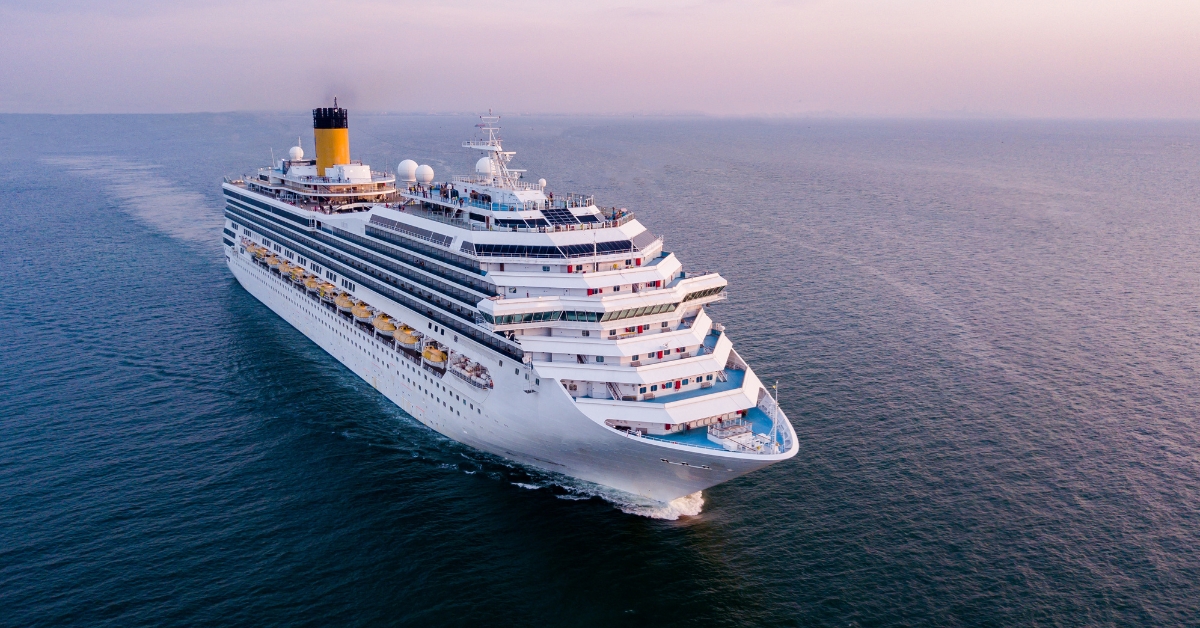
Cruise Ship
Cruise ships offer luxurious vacations for passengers, featuring numerous amenities and entertainment options. They're designed with a wide hull, which enhances stability and allows for a greater passenger capacity.
To keep cruise ships afloat, more attention is given to the ship's average density, ensuring that it remains less than the average density of water. The Titanic, despite its tragic fate, remains an iconic example of a cruise ship.
Traits of cruise ships involve:
- Spacious, comfortable staterooms for passengers
- Numerous dining, entertainment, and recreational venues
- Advanced life-saving equipment for enhanced safety
Submarines
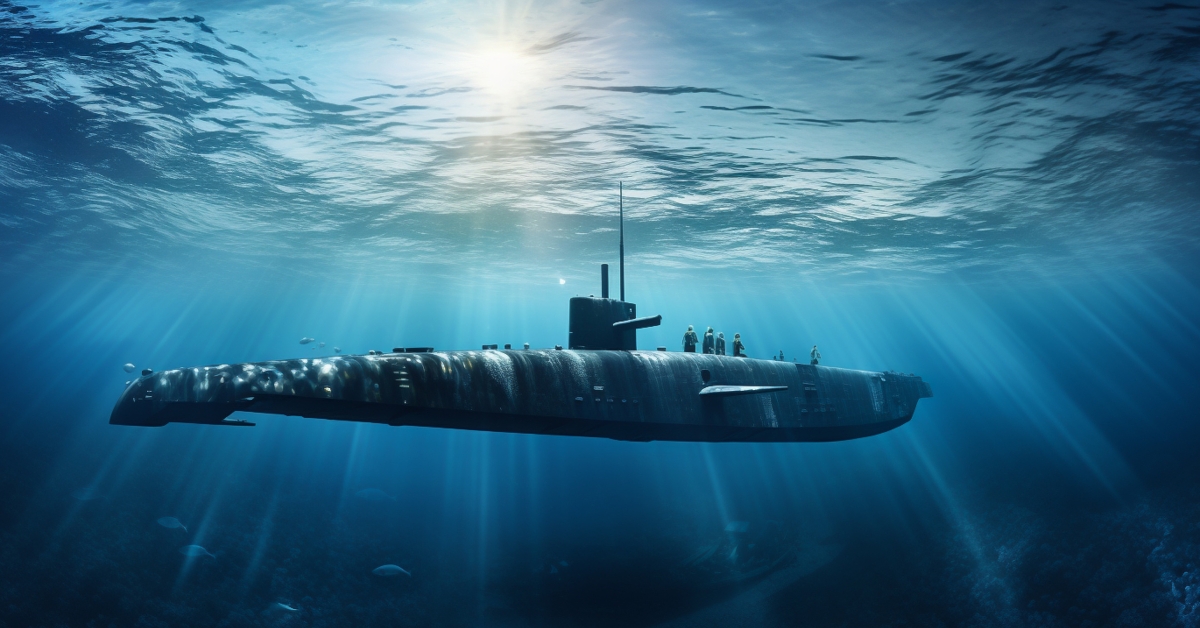
Submarine
Submarines are designed to navigate underwater, either for military purposes or scientific exploration. They come equipped with airtight, cylindrical hulls that provide the required buoyancy when submerged.
With the help of mechanisms like ballast tanks, submarines can control their buoyancy and move between the surface and depths. Submarines often play a crucial role in naval warfare, like the famous USS Enterprise.
Some key characteristics of submarines are
- Cylindrical hull for minimizing until the water rises
- Ballast tanks for controlling buoyancy and depth
- Advanced communication and stealth technology for military applications
Ferries
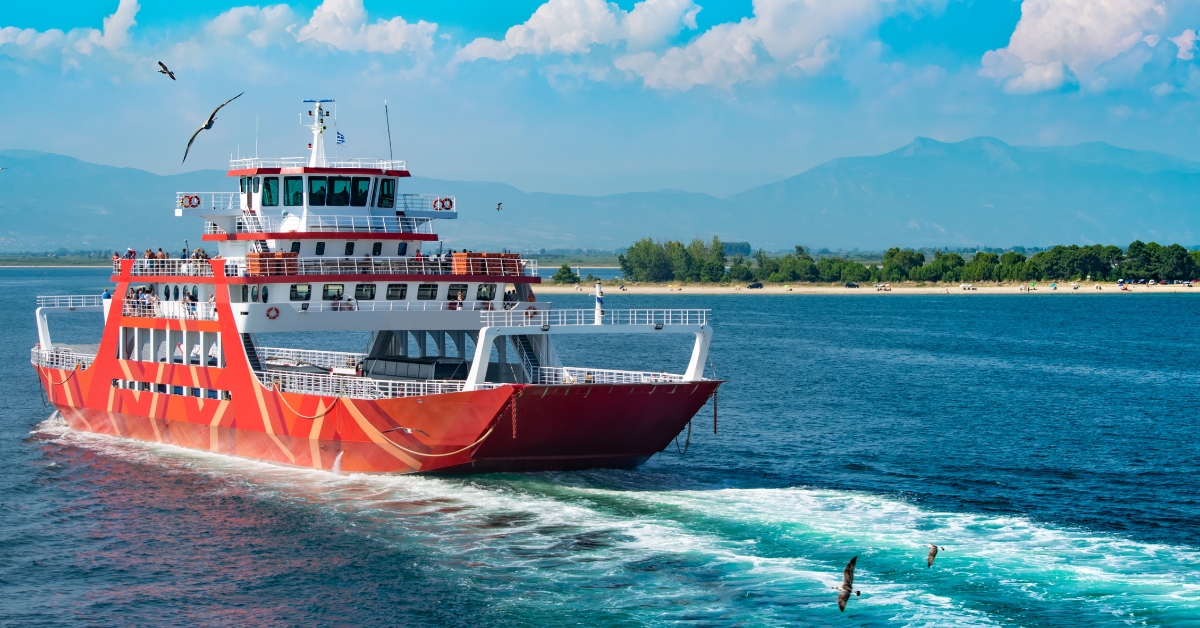
Ferry
Ferries are used primarily for short-distance transportation of passengers, vehicles, and cargo across bodies of water. They come in various sizes and designs, catering to specific needs.
For example, a small boat might serve as a simple water taxi, while larger ferries can transport vehicles and freight. Ferries typically have a flat, rectangular hull to accommodate a greater number of passengers and vehicles, ensuring an efficient method of transportation.
Some noteworthy features of ferries include:
- Open car decks for easy vehicle loading and unloading
- Comfortable passenger lounges and facilities
- Shallow draft to navigate shallow waters and small ports
Here’s a quick table showing the buoyancy of common boat types:



